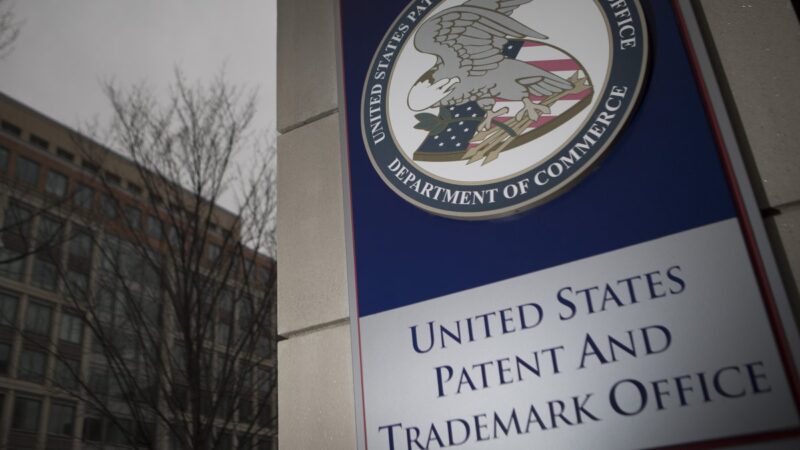Summary of article: “AI for Patent and Essentiality Review” by Katie Atkinson & Danushka Bollegala

An important step in the process of developing novel standards for Information and Communication Technologies (ICT) is to determine whether a patent held by a company is, or might be, required in order to practice the concepts of a given ICT standard. Patented inventions that prove necessary for the practice of a particular ICT standard are called “Standard Essential Patents,” or “SEPs.” Our paper titled AI for Patent Essentiality Review examines the role that artificial intelligence (AI) plays (or could play) in determining the essentiality of a given patent.
We start our analysis by first reviewing how the legal task of assessing a patent’s essentiality is currently conducted manually, and then surveying the landscape of research developments aimed at using AI in law, and more specifically, to assist with essentiality checks. We also consider commercial AI tools that have been developed and are now becoming available for essentiality reviews. Based on our survey of the current landscape, we reach the following conclusions:
– While the body of research on AI for patent analysis has recently expanded, with research and tools focusing in on the task of essentiality assessments, there remain a range of challenges to ensuring that AI provides reliable results in assessing the essentiality of a given patent. We conclude that, because of the complexity of standard essentiality determinations, current AI techniques and tools cannot replicate or replace human expert review.
– Existing industry-leading solutions for the automatic detection of SEPs measure the semantic similarity between a given standard’s specification and a set of patents that might be essential to practice a standard. However, semantic similarity and essentiality are not equivalent concepts. A patent might be essential to a standard but might not necessarily have a high similarity (in terms of textual overlap) with the standard. On the other hand, between two patents that are highly similar to a given standard in terms of textual overlap, one could be essential whilst the other might not be.
– Essentiality is a binary concept—that is, a patent is either essential to practice a standard or it is not. Yet, current solutions provide a so-called essentiality score, which estimates the likelihood that the examined patent is essential to a given standard. Determining an essentiality score is sensible, given that essentiality assessment is a complex process, and the results typically cannot be compressed into a single number (that is, a determination of whether a patent is essential or not).
– As with various concepts in law, essentiality scores must take into consideration terminology that evolves over time. Simply using technical terms from a standard to evaluate essentiality is insufficient (and might not identify all the essential patents) because earlier patents may use a different technical term to the functionality under consideration and might not be identified as SEPs even if they are.
– AI solutions must also be sensitive to the words and sentence ordering. For example, the text “Mary killed John” also contains the same set of words and will be represented by the same vector as “John killed Mary,” thereby making the two indistinguishable by any subsequent machine learning components, even though the order has legal significance in determining the aggressor and the victim. Automated solutions need to be able to detect that difference.
– AI solutions that are used to examine essentiality must be also aware of the language usage in law—that is, the legal significance of specific terms—but currently technology is not guaranteed to achieve this. For example, the term “sentence” has very different meanings in linguistics, where it is defined as “a string of words satisfying the grammatical rules of a language,” than in law, where it refers to “a final judgment of guilty in a criminal case and the punishment that is imposed.” The AI solutions used for SEP detection must be aware of such domain-specific meaning of terms.
– The exact definition of what is an essential patent for a given standard remains a subjective one. Two different patent lawyers often disagree on the same set of patents being essential. In the machine learning community, this is known as inter-annotator agreement, computed by a set of annotators annotating the same set of examples. There are established measures for capturing the inter-annotator agreement for subjective annotating tasks. However, to the best of our knowledge, we are not aware of such inter-annotator agreement measurements currently being available for SEP essentiality checks.
In sum, although AI is now enabling increasing levels of support for automation of legal tasks, there remain many complex tasks that present challenges in reaching expert-level performance. Patent essentiality review is one such challenging task and our article identifies the aspects to be tackled to advance the capabilities of AI tools being developed for this task.


Explainer: Standard Essential Patents and National Security
